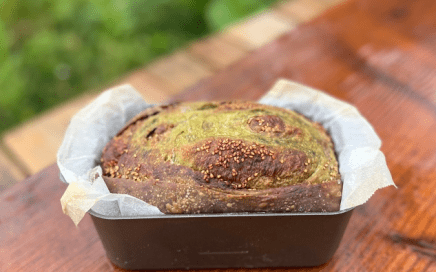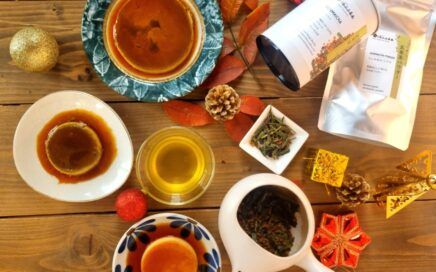
The Inspiration Behind a Tea House Owner and a Tea Label Designer
Being here at Obubu, you meet all sorts of talented, inspirational people from around the world. Whether they be guests or interns, you learn and can grow so much from each other. I used to be seen as the annoying kid who always asked too many questions. However, growing up, I started seeing my innate […]
























